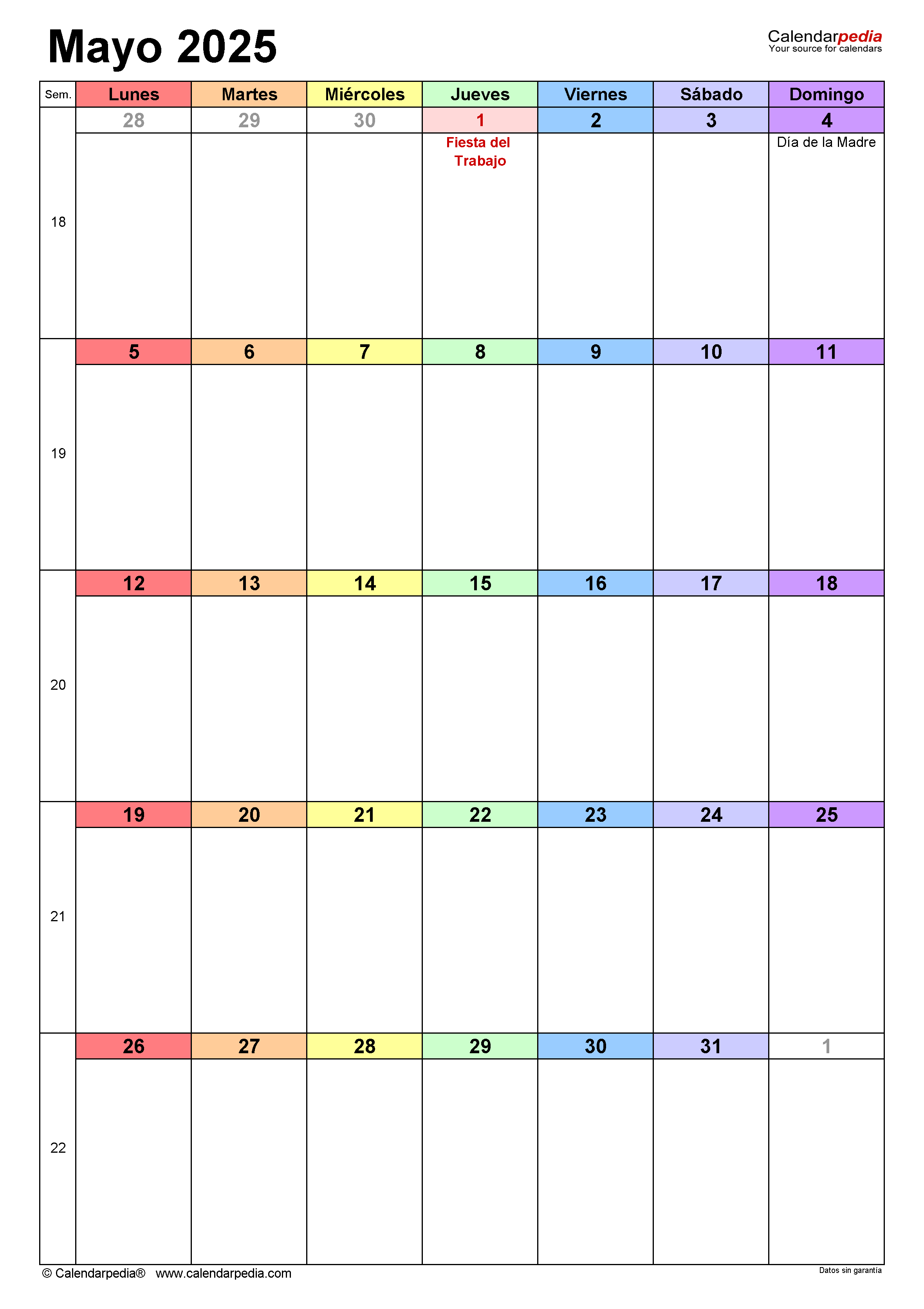Why does the memory of a single battle in 1862 continue to resonate across continents, inspiring vibrant celebrations and cultural exchanges? Cinco de Mayo, the annual commemoration of Mexico's unlikely victory over the French forces at the Battle of Puebla, serves as a potent symbol of resilience, national pride, and the enduring spirit of the Mexican people.
The genesis of Cinco de Mayo lies in the spring of 1862. Mexico, weakened by years of internal strife and economic hardship, faced a formidable invasion by the Second French Empire, a military power with ambitions to establish a puppet government. On May 5th, 1862, in the city of Puebla, a vastly outnumbered Mexican army, under the command of General Ignacio Zaragoza, clashed with the well-equipped and seemingly invincible French forces. Against all odds, the Mexicans achieved a decisive victory, a moment of extraordinary significance that briefly halted the French advance and bolstered the morale of a nation struggling to maintain its sovereignty. This victory, though strategically limited, quickly became a symbol of resistance and national unity. The triumph at Puebla represented more than just a military success; it became a beacon of hope for a country facing foreign aggression.
The holiday, observed annually on May 5th, is not, as often misunderstood, Mexico's Independence Day, which is celebrated on September 16th. Rather, Cinco de Mayo specifically honors the Battle of Puebla. While the holiday is observed with particular fervor in the state of Puebla, its significance has expanded far beyond, especially in the United States, where it has evolved into a significant celebration of Mexican culture and heritage. This evolution is due to the increasing Mexican-American population in the USA.
The observance of Cinco de Mayo varies across regions, reflecting the diverse tapestry of Mexican and Mexican-American cultures. In Puebla, the festivities often involve reenactments of the battle, parades, and traditional music and dance. Similarly, in the United States, particularly in areas with large Mexican-American populations, the holiday is marked by vibrant celebrations, featuring mariachi music, traditional foods, and cultural events. The holiday presents an opportunity to celebrate the beauty and strength of Mexican culture.
The holiday has found strong resonance across the USA. Across the country, from major cities to small towns, Cinco de Mayo is observed with festivals, food, and music, offering people a chance to engage with Mexican culture. Restaurants and bars often offer specials on Mexican food and drinks, creating a festive and welcoming atmosphere. Schools and community centers host cultural events and educational programs, promoting understanding and appreciation of Mexican history and traditions. The celebration has also become a commercial event, with various businesses using the holiday to promote their products and services.
The dates of Cinco de Mayo for the coming years are:
- Cinco de Mayo 2025: Monday, May 5, 2025
- Cinco de Mayo 2026: Tuesday, May 5, 2026
- Cinco de Mayo 2027: Wednesday, May 5, 2027
- Cinco de Mayo 2028: Friday, May 5, 2028
The significance of Cinco de Mayo extends beyond its historical roots. In a world often marked by division and conflict, the holiday serves as a reminder of the power of resilience, the importance of cultural heritage, and the enduring human spirit. It is a celebration of identity, community, and the ability to overcome adversity. Whether it is the colorful parades, the delicious food, or the shared sense of history, Cinco de Mayo offers an opportunity for everyone to celebrate.
Cinco de Mayo, therefore, is a multifaceted celebration that combines history, cultural exchange, and community spirit. From its humble beginnings as a commemoration of a military victory, it has evolved into a symbol of Mexican identity and pride, finding its place in Mexico and across borders. The holiday's enduring popularity demonstrates its importance and significance for years to come.
Here's a table summarizing key information about the holiday:
| Aspect | Details |
|---|---|
| Origin | Commemorates the Mexican army's victory over the French forces at the Battle of Puebla on May 5, 1862. |
| Significance | Symbol of Mexican resistance, national pride, and the triumph of the underdog. A celebration of Mexican culture and heritage. |
| Date | Celebrated annually on May 5th. |
| Traditions | Parades, reenactments of the Battle of Puebla, mariachi music, traditional food, dancing, and cultural events. |
| Location of Major Celebrations | Puebla, Mexico; United States (particularly in areas with large Mexican-American populations). |
| Historical Context | Mexico was facing an invasion by the Second French Empire. The victory at Puebla was a significant morale boost. |
| Distinction | It's not Mexican Independence Day (September 16th), but celebrates the Battle of Puebla. |
For further information, visit: Wikipedia



